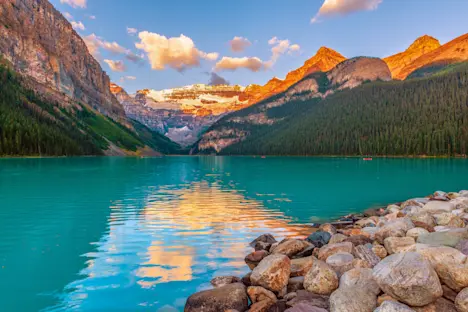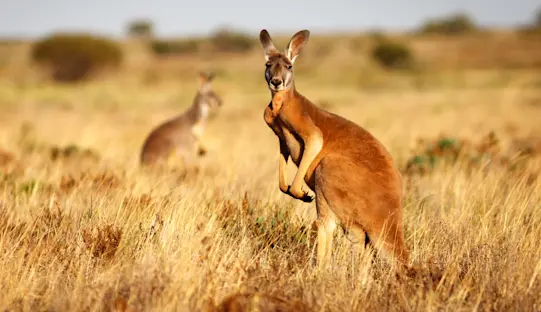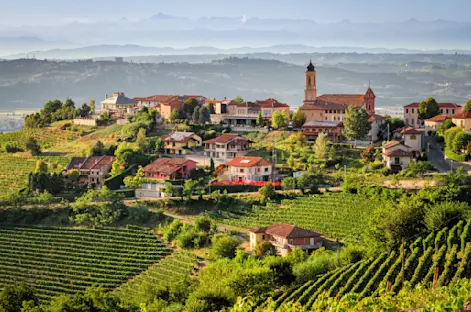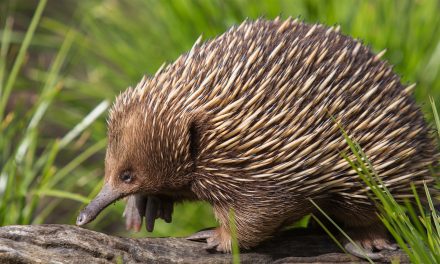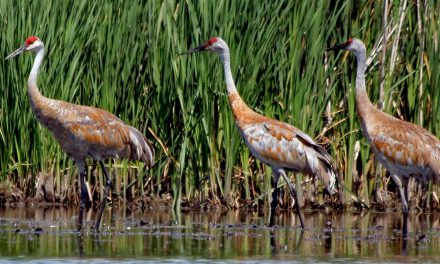Written by Tara Doyle, WWF’s Specialist of Media & External Affairs
On a recent trip to Costa Rica, I interviewed Marco “Tex” Fallas, a Natural Habitat Adventures guide with over 30 years of experience leading wildlife tours.
Q: What changes have you witnessed in Costa Rica since you started leading tours in the 1990s?

Image of Marco “Tex” Fallas, Expedition Leader since 1997. © Natural Habitat Adventures
Marco: Ecotourism has transformed this country in the best possible way. I’ve seen cattle farmers transition their land into private preserves full of native trees and wildlife. The government responded to the economic incentive by expanding national parks. This led to over 50% of Costa Rica’s land being protected. As a result, the number of bird species recorded in Costa Rica has grown from 827 to over 915.
As for big cats like jaguars, pumas, and ocelots, people now protect them instead of hunting them. The country has also put a lot of effort into creating biological corridors. Back then, forests were fragmented: there might be a national park next to a cattle ranch, then a private preserve next to more farmland or palm oil plantations. In the last 20 years, people have started connecting private preserves with national parks to create important corridors for wildlife.

Aerial image of wildlife corridors bisecting pineapple plantations in Tortuguero. © Tara Doyle / WWF-US
Q: How has tourism affected Costa Rican locals?
A: Before tourism became central to our economy, we were mostly growing and exporting fruit. Back then, most locals didn’t interact with visitors or benefit directly from ecotourism revenue. But now, so many more families are involved in the industry. They are running small businesses like private preserves, restaurants, eco-lodges and gift shops with handmade art. There’s a real connection happening between the locals and tourists, and that’s one reason why our country is such a special place to visit. Costa Ricans notice how many tourists are carrying binoculars and cameras—it’s clear they are coming to our country to see wildlife.
Collectively, we have shifted our mindset from deforestation to reforestation, with over 20% of former cattle farms being restored into biodiverse forests for wildlife viewing. Sloths, monkeys, toucans, and many other species are getting their habitats back.

Image of a male resplendent quetzal in Monteverde. © Tara Doyle / WWF-US
Q: What do you see as the greatest threat to the future of Costa Rica’s biodiversity?
A: I worry about real estate development, especially along the coastlines. These developers want their properties to have the best views, but they end up disrupting the paths of wild animals like sea turtles, tapirs, and ocelots. More homes mean more roads, and those roads can cut off the creeks and rivers that serve as water sources for wildlife.
I’m also concerned about unethical tour companies using electronic devices to call species. You can use an app to mimic bird calls during mating season, for instance, and if people are doing that all day long, the birds won’t get enough rest. We need responsible tour operators who respect wildlife and avoid disrupting their natural cycles.
Q: How can visitors tell if a tour company is operating ethically?
A: Look for tours with small group sizes, ideally less than 10 people. Your tour guide should always respect an animal’s space and encourage the guests to do so as well. It’s important not to get too close or too loud during a tour because it will stress the wildlife. That’s why a lot of national parks, including the Monteverde Cloud Forest Biological Preserve, are using staggered schedules to minimize the number of people on a trail at one time. As certain areas become more popular, it becomes even more crucial to reduce the pressure on the environment.
A responsible tour operator should also provide and require reusable items like water bottles and bags, instead of single-use plastic. We have already reduced litter and plastic pollution across the country, but if you see a piece of trash on the beach or trail, please take a moment and pick it up. It’s an easy way we can all help to keep Costa Rica beautiful.

Image of a red-eyed tree frog at night in Arenal. © Tara Doyle / WWF-US
Q: How has your work shaped your worldview and your values?

© Tara Doyle / WWF-US
A: I grew up with an inherent love and respect for the natural world, which I learned from my grandfather. He was a farmer, and sometimes a boa constrictor would eat one of the hundreds of rabbits we were raising. Instead of killing the snake, my grandpa would catch it and release it back into the forest. I asked him why, and he said, “Because it has the same right to live as you and I.” That message stuck with me.
Even if the snake comes back, that’s okay because we are sharing this world with it. I know many people who worked in the logging business, and I have seen them switch out their chainsaws for a pair of binoculars. They have become tour guides, and now they work to educate visitors about nature and our role in protecting it.
Explore Costa Rica on a sustainable adventure with Nat Hab and WWF.






